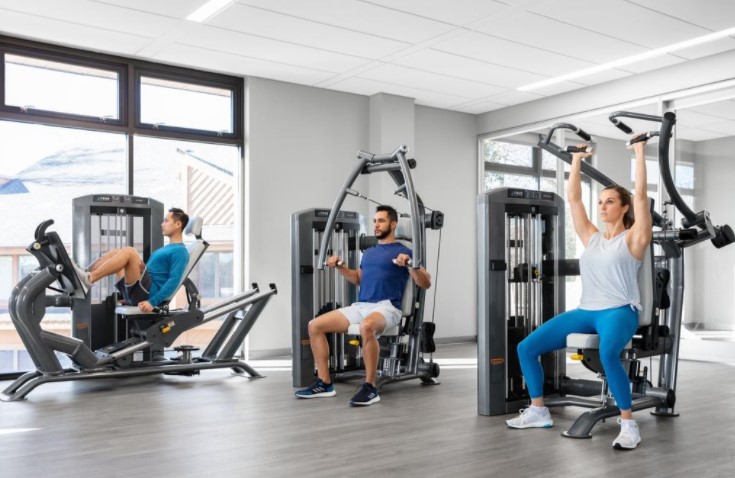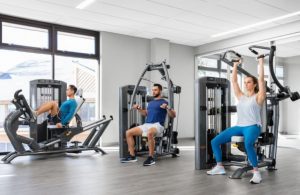
How Strength Equipment Has Evolved Since the 1950s
Since our acquisition of Paramount and the introduction of our new strength line, TRUE Force, we’ve come to appreciate the subtleties and innovations that have led to modern day strength equipment. Paramount began manufacturing strength machines in 1954—right as resistance and selectorized equipment made its big debut. Since then, the industry has seen many changes that have made strength equipment accessible to novices and professional athletes alike. Here’s a quick rundown of what has changed (and what hasn’t) since the 1950s:
Consistent Design over the Last Half Century
Many strength machines that existed in the 1950s and 60s have been written off as less effective than free weights or machines designed post-1970. However, in the last 45 years, the casual observer may see very few changes in the average strength machine’s design. One of the reasons why strength equipment has been a staple in gyms since the mid 20th century is that they combine simple machines: pulleys, wheel and axles, force multipliers, levers, and inclined planes. In the 1970s, Arthur Jones made history with his Nautilus strength equipment, which tested athletes’ strength abilities using unique combinations of these simple machines. Since then, the strength machine design has remained relatively consistent. After all, simple machines are effective in their simplicity; there’s little
to improve upon.
Helping Simple Machines Do Their Job Better
Instead of fixing what isn’t broken, upgrades in the strength equipment industry have focused on the little details that help simple machines do their jobs better. As a result, end users can experience a more fulfilling, more convenient, and less painful workout:
Convenience & Ease-of-Use:
Whether it’s adjusting the amount of weight you’re lifting or simply learning how to use the machine correctly, strength equipment has become more comprehensive and consistent. This way, people can transfer their understanding of one machine to another after a short introduction.
Adjustable Machines for Your Body’s Dimensions
Every body is unique. While older strength machines were standardized, modern equipment allows users to easily adjust different pieces’ positions. As a result, athletes can avoid injury and optimize their workouts by allowing their joints to move along their natural motion paths.
Material Durability for Long Term Use
While a machine’s function remains the same as it did in the 1970s, it’s built from more durable materials. Low maintenance metals, plastics, and other materials mean fewer repairs and fewer headaches for equipment owners.
Comfort for Long-Term Workout Routines
Can you imagine using strength equipment built out of 100% metal parts? The strength industry has taken great strides in making equipment more comfortable. Padding, properly aligned parts, and specified angles decrease unnecessary pain during a workout.
Increasingly Optimized Techniques
Perhaps the most important improvement in strength training is how the equipment is used. Today’s research is always showing us how different approaches—from the number of reps to how you sit in your equipment—can improve our potential for greatness.
